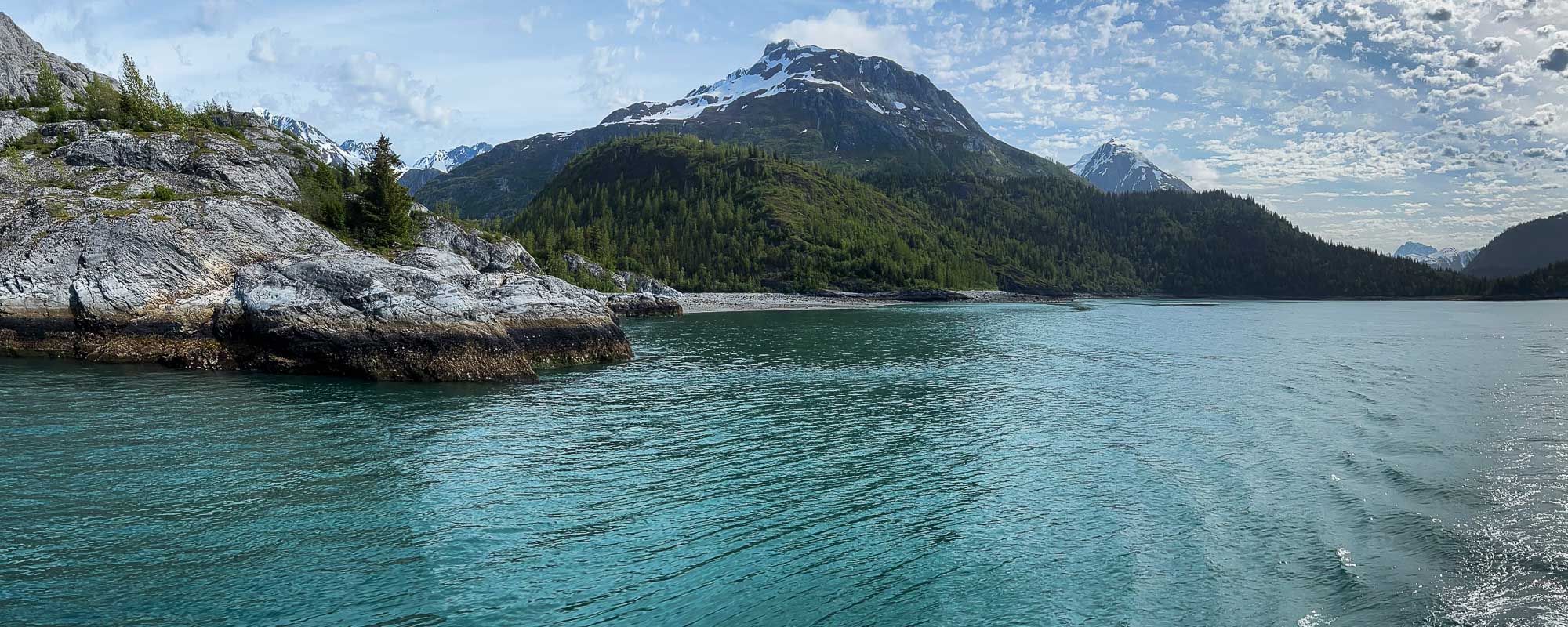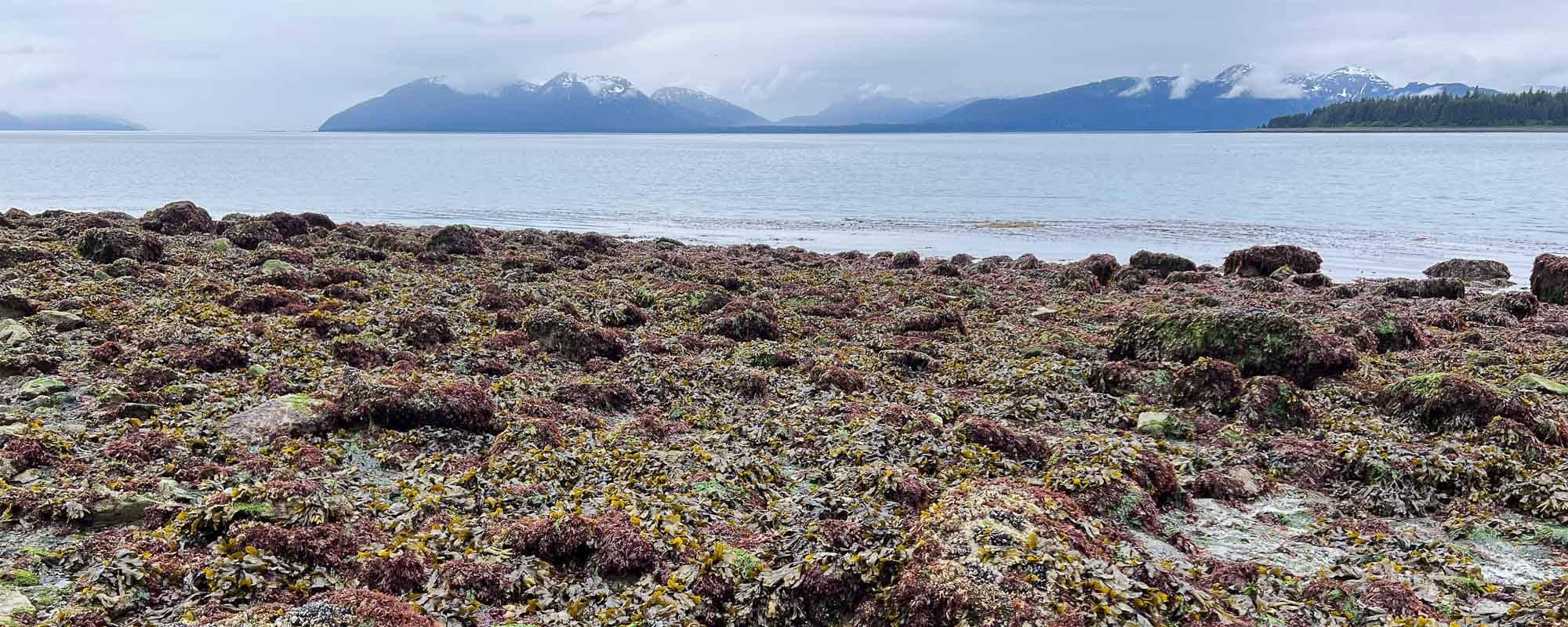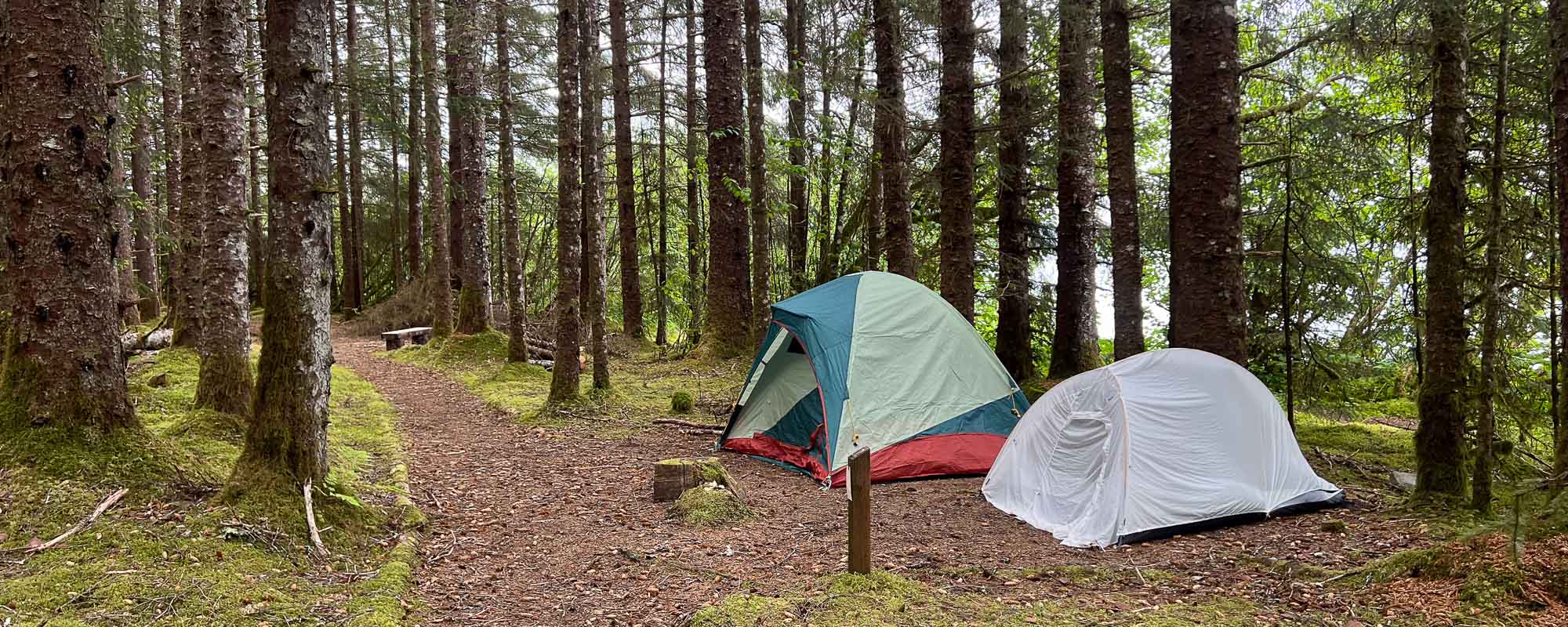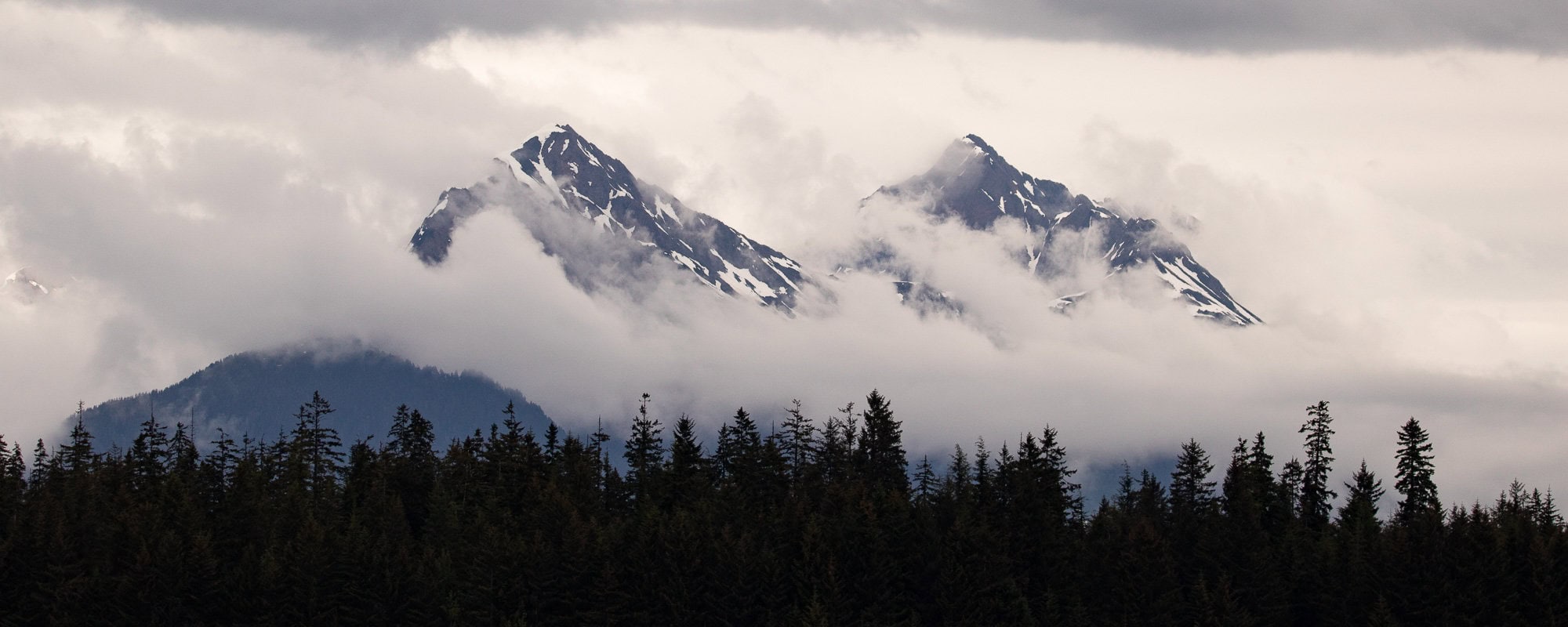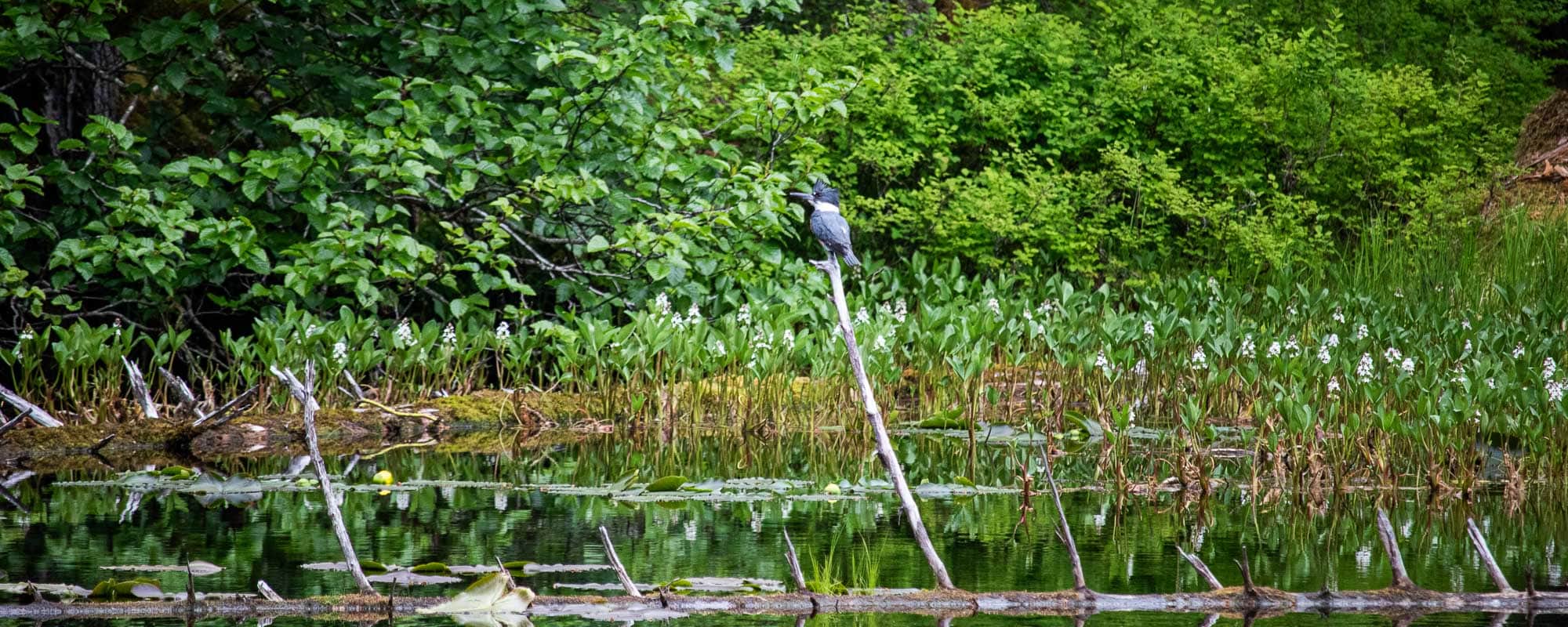Southeast Alaska’s Glacier Bay National Park is a breathtaking testament to the dynamic forces of nature, offering visitors the opportunity to see calving tidewater glaciers, hike in temperate rain forests, and see iconic wildlife.
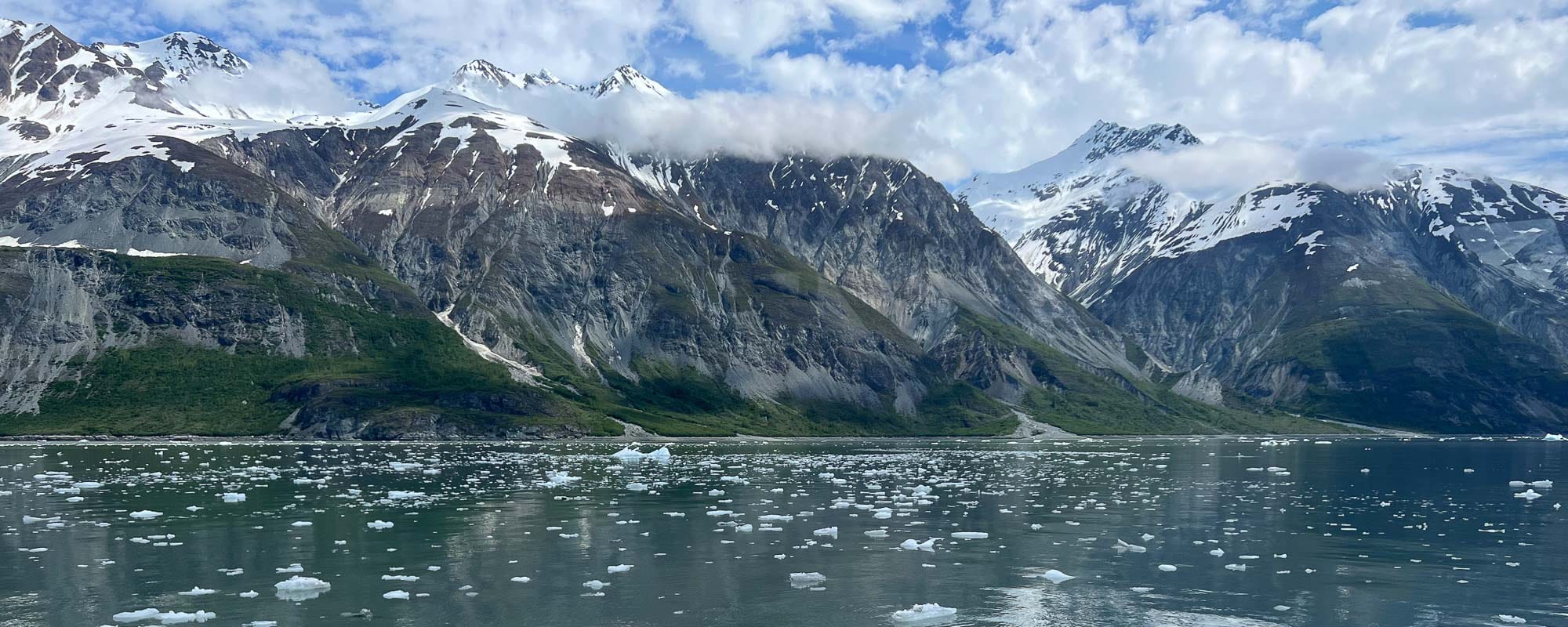
Nestled along the shores of southeast Alaska, Glacier Bay National Park and Preserve covers nearly 3.3 million acres of quintessential Alaskan wilderness. Protected as a UNESCO World Heritage Site and Biosphere Reserve, it’s a pristine park where towering glaciers, rugged mountain peaks, temperate rain forests, and abundant wildlife converge.
It is a remarkable national park that offers visitors an unparalleled opportunity to witness the dynamic forces of nature and immerse themselves in a landscape shaped by ice, water, and time.
Glacier Bay National Park is part of Alaska’s famed Inside Passage, a region renowned for its stunning fjords and maritime culture. The park itself centers around the majestic Glacier Bay, a 65-mile-long fjord that was completely covered by ice just over 200 years ago.
Today, the bay is a living laboratory of glacial retreat and ecological succession, showcasing one of the fastest-documented examples of glacial change on the planet. Visitors can observe tidewater glaciers calving massive icebergs into the sea, a process that creates an awe-inspiring spectacle of natural power.
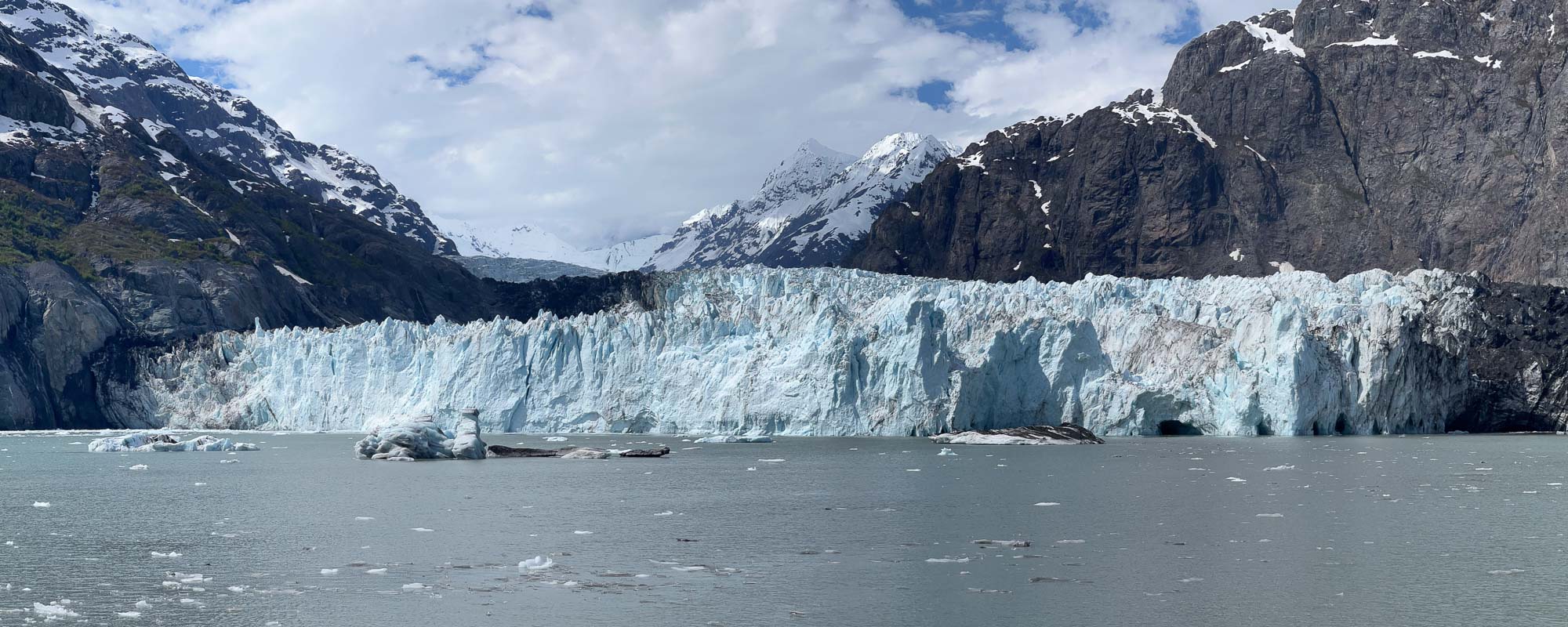
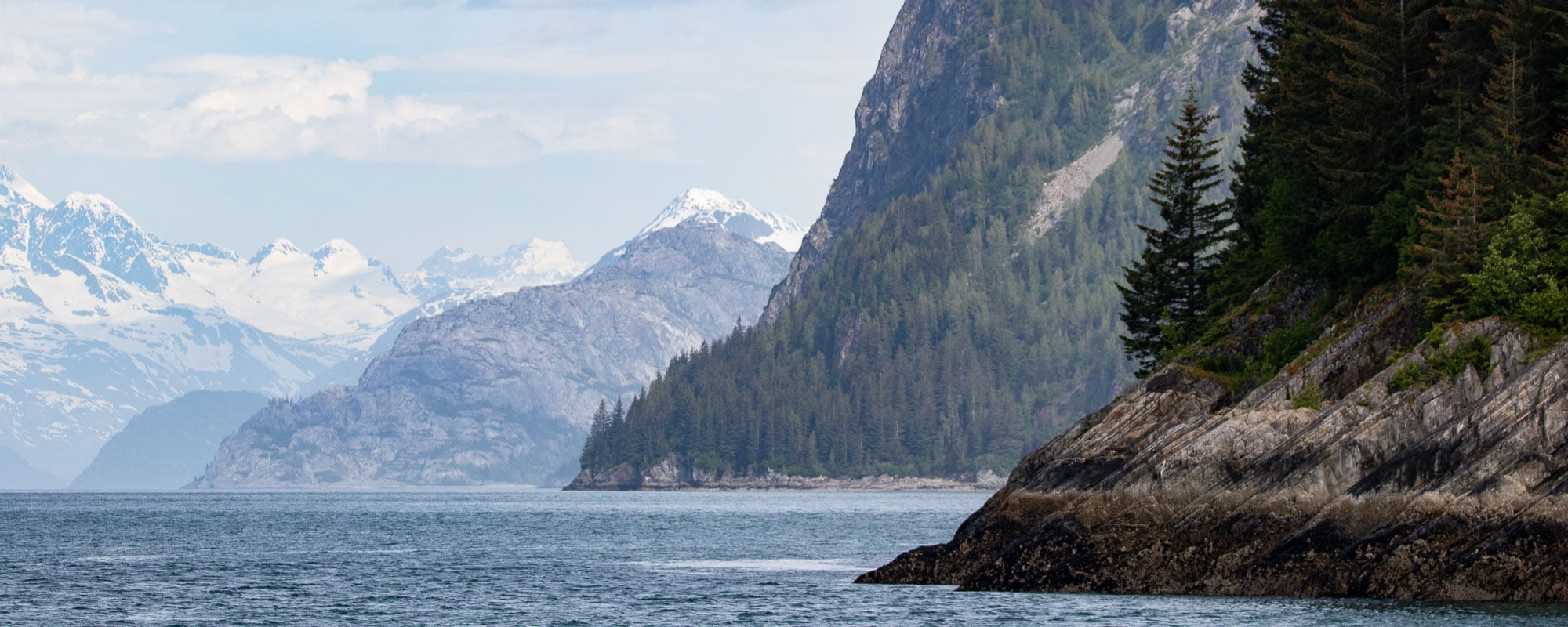
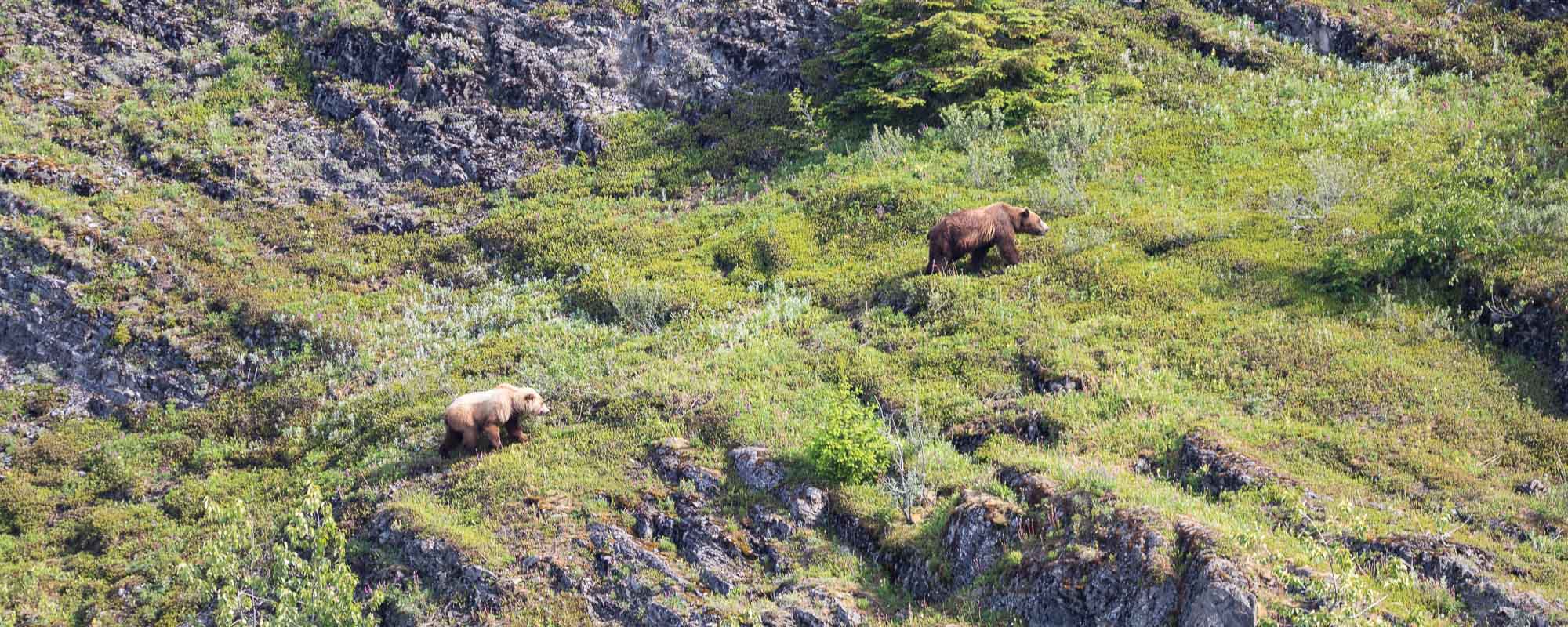
The park is home to an extraordinary array of wildlife, too, making it a haven for nature enthusiasts and photographers. Marine life abounds in Glacier Bay’s cold, nutrient-rich waters, including humpback whales, orcas, sea otters, Steller sea lions, and harbor seals.
On land, visitors might spot brown bears, black bears, wolves, mountain goats, and moose, while the skies are alive with the calls of bald eagles, gulls, puffins, and numerous other birds.
This remarkable biodiversity is supported by the park’s varied ecosystems, which range from intertidal zones and wetlands to alpine tundra.
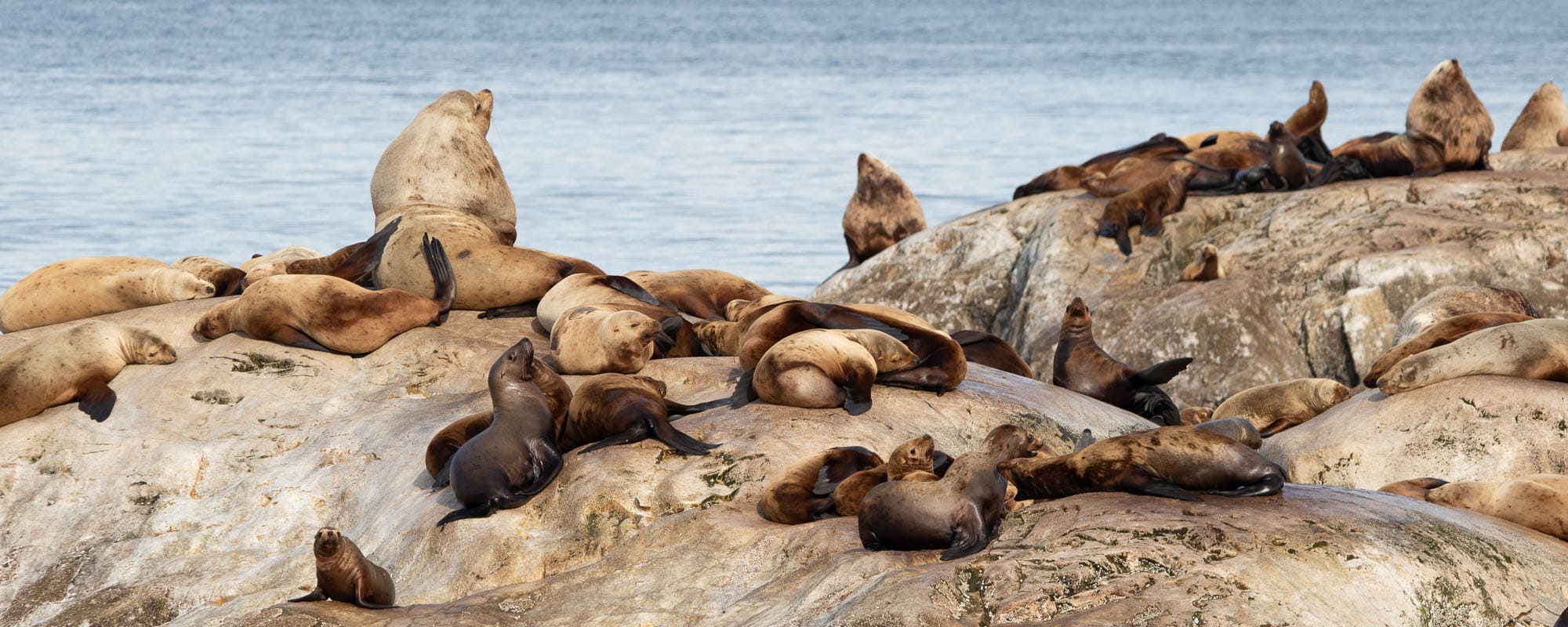
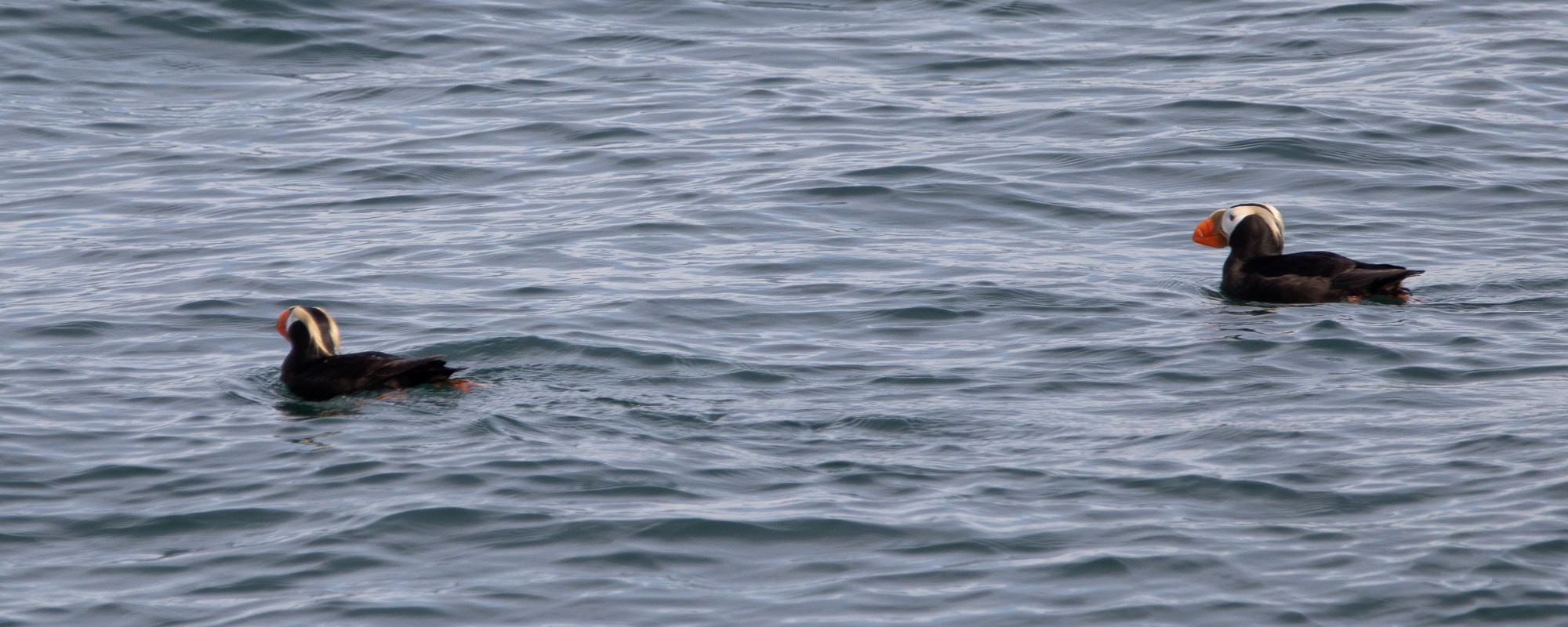
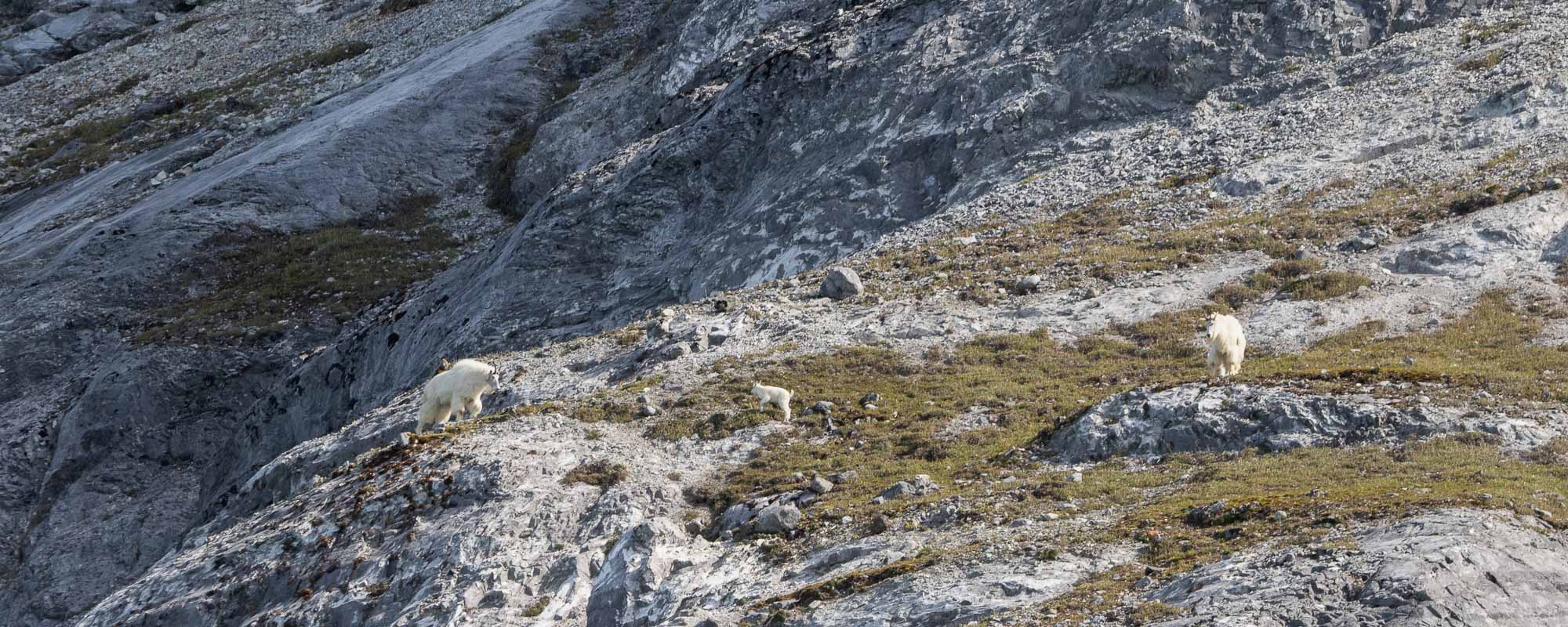
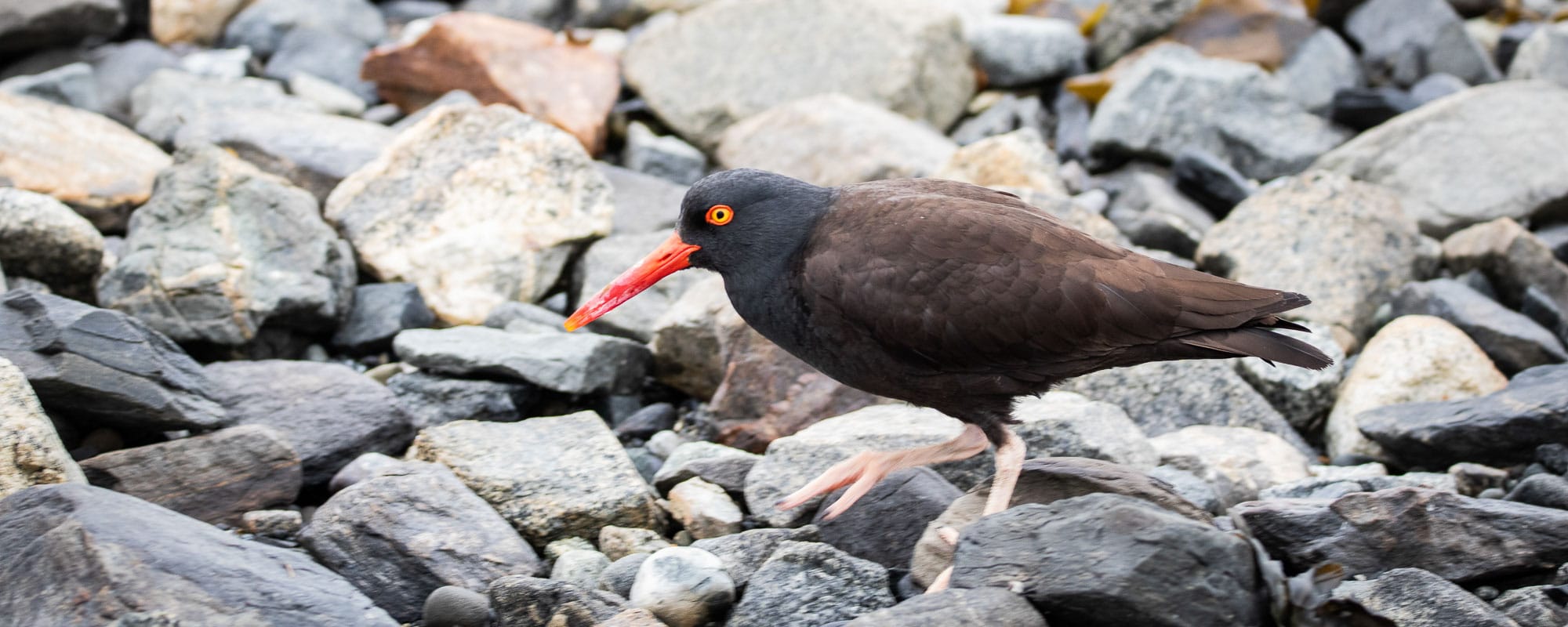
Access to Glacier Bay is primarily by sea or air, as no roads connect the park to the broader Alaskan road network.
Most visitors arrive via cruise ships, tour boats, or private vessels, while others fly into the small community of Gustavus, located near the park’s entrance. Bartlett Cove, the park’s headquarters, serves as a gateway for exploration, offering ranger-led programs, full-day boat tours, kayak rentals, and opportunities for hiking along the shoreline and in the surrounding rain forest.
A visit to Glacier Bay is not only an adventure but also a journey into the past. The region holds deep cultural significance for the Tlingit people, whose history and traditions are interwoven with the land and sea. For thousands of years, they have thrived in harmony with this environment, drawing sustenance and inspiration from its rich resources. Today, their stories and heritage are an integral part of the park’s narrative, adding a human dimension to its natural wonders.
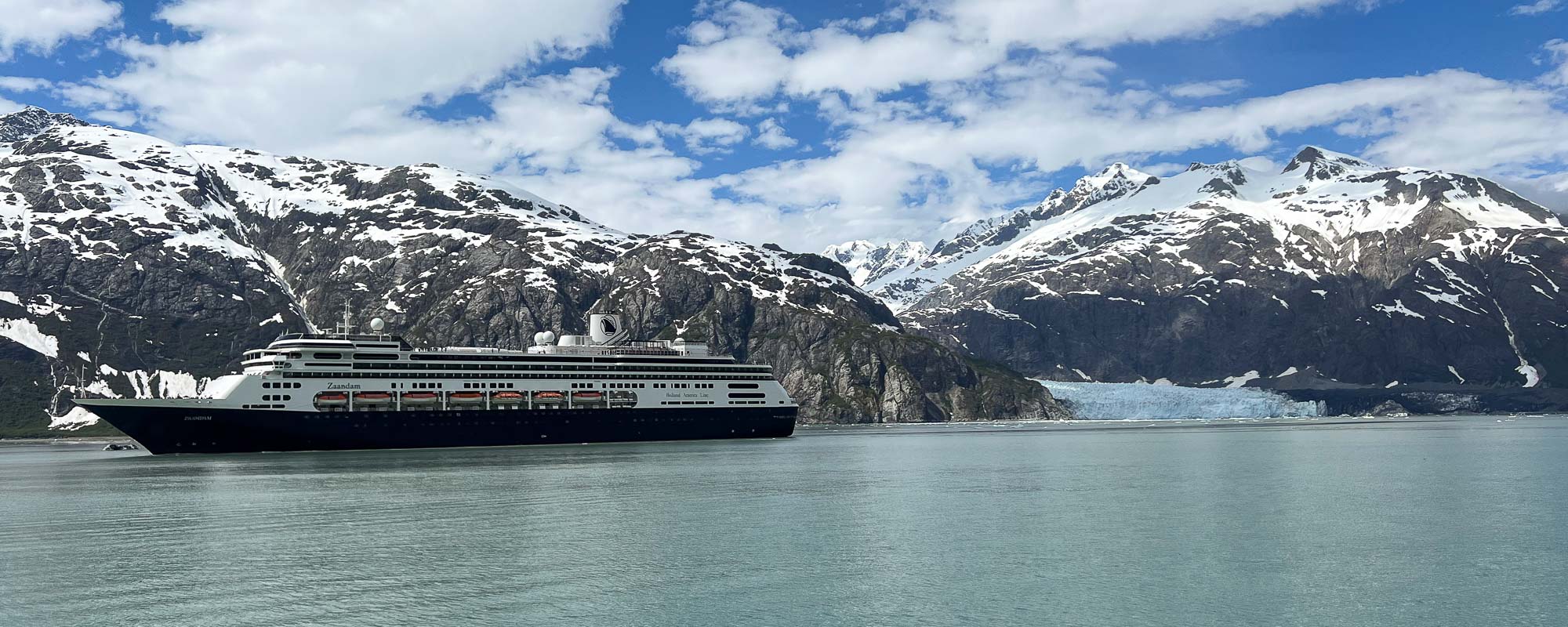
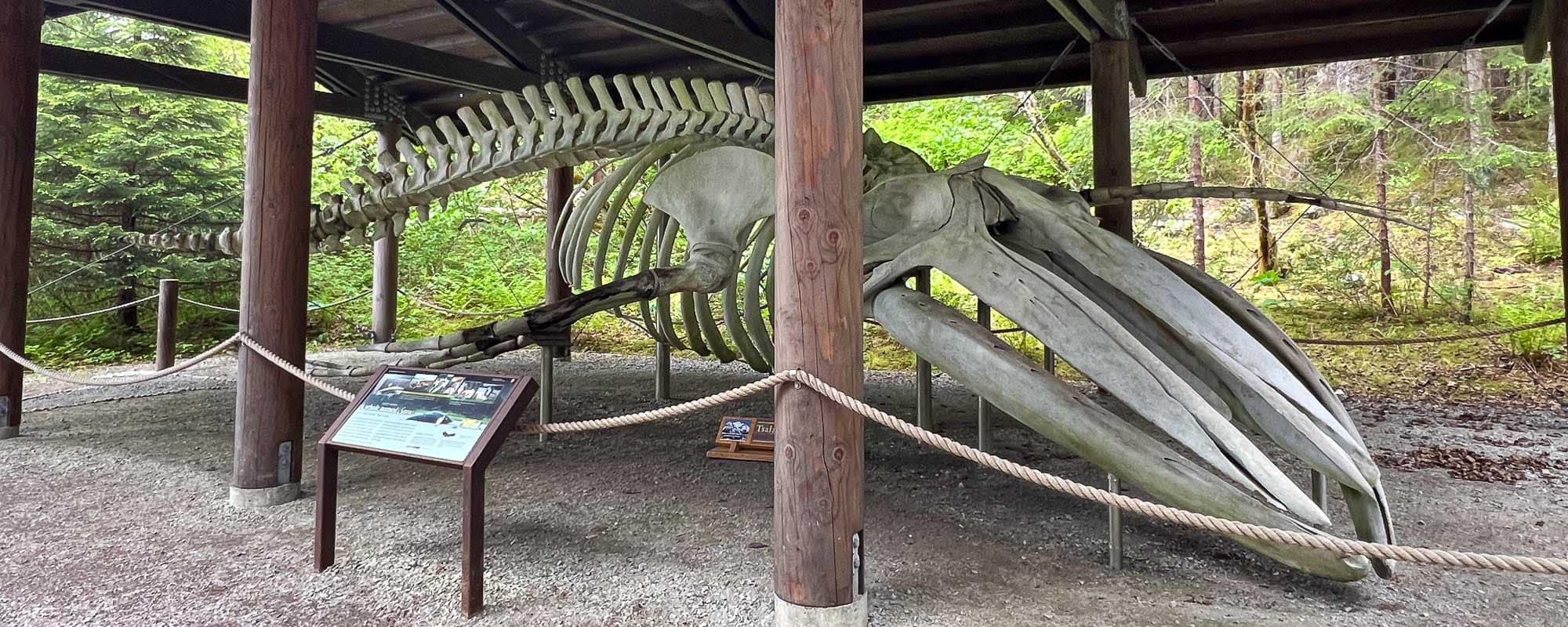
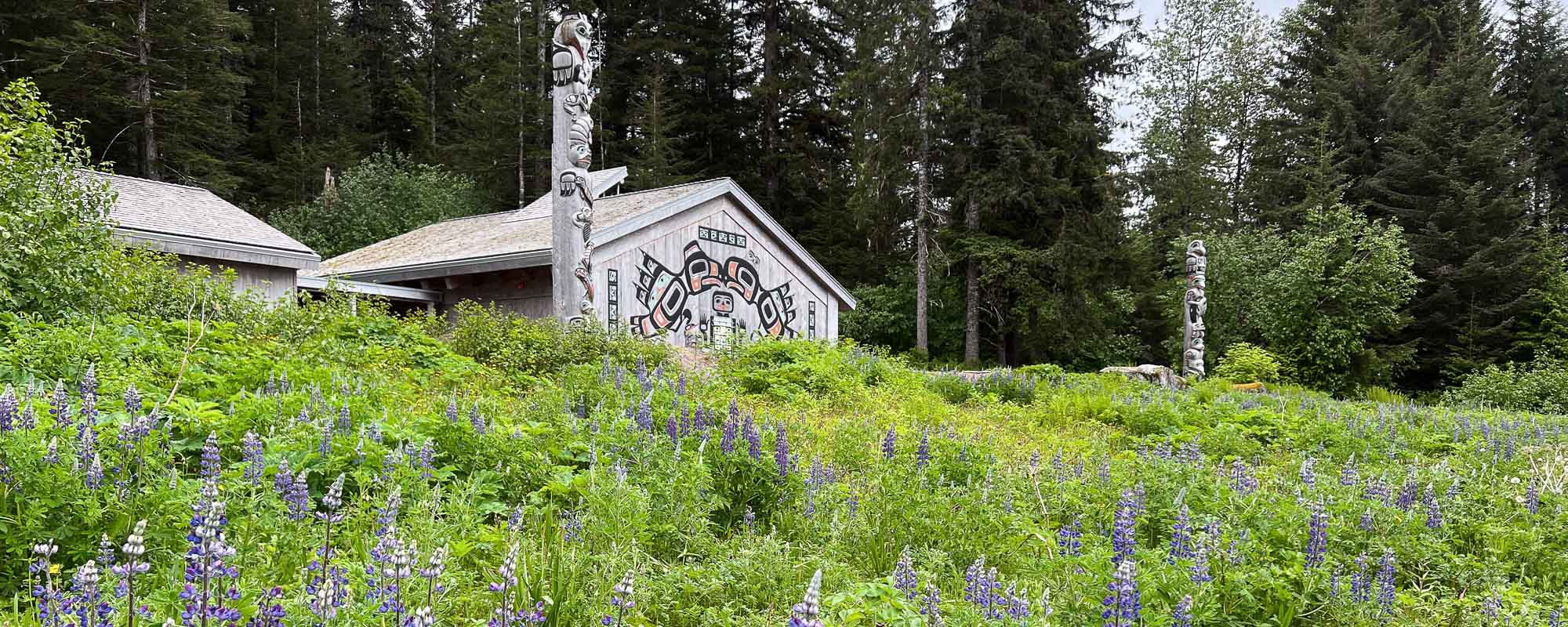
Whether visitors come to marvel at the dramatic landscapes, encounter wildlife, or simply experience the tranquility of an untamed wilderness, Glacier Bay National Park offers an unforgettable escape into one of Earth’s most pristine and ever-changing environments.
This Glacier Bay National Park information page contains affiliate links. You can read more about our Terms of Use / Disclosure here.
Highlights of Glacier Bay National Park
- Tidewater glaciers, especially Margerie Glacier, Johns Hopkins Glacier, and Lamplugh Glacier
- Bartlett Cove (the only part of the park accessible by road) and the Glacier Bay Lodge and Huna Tribal House
- Bartlett Cove trails such as the Tlingit Trail, Forest Trail, and Beach Trail
- Glacier Bay Boat Tour, offering opportunities to see glaciers and wildlife, such as bears, mountain goats, whales, puffins, sea lions, bald eagles, and numerous other animals
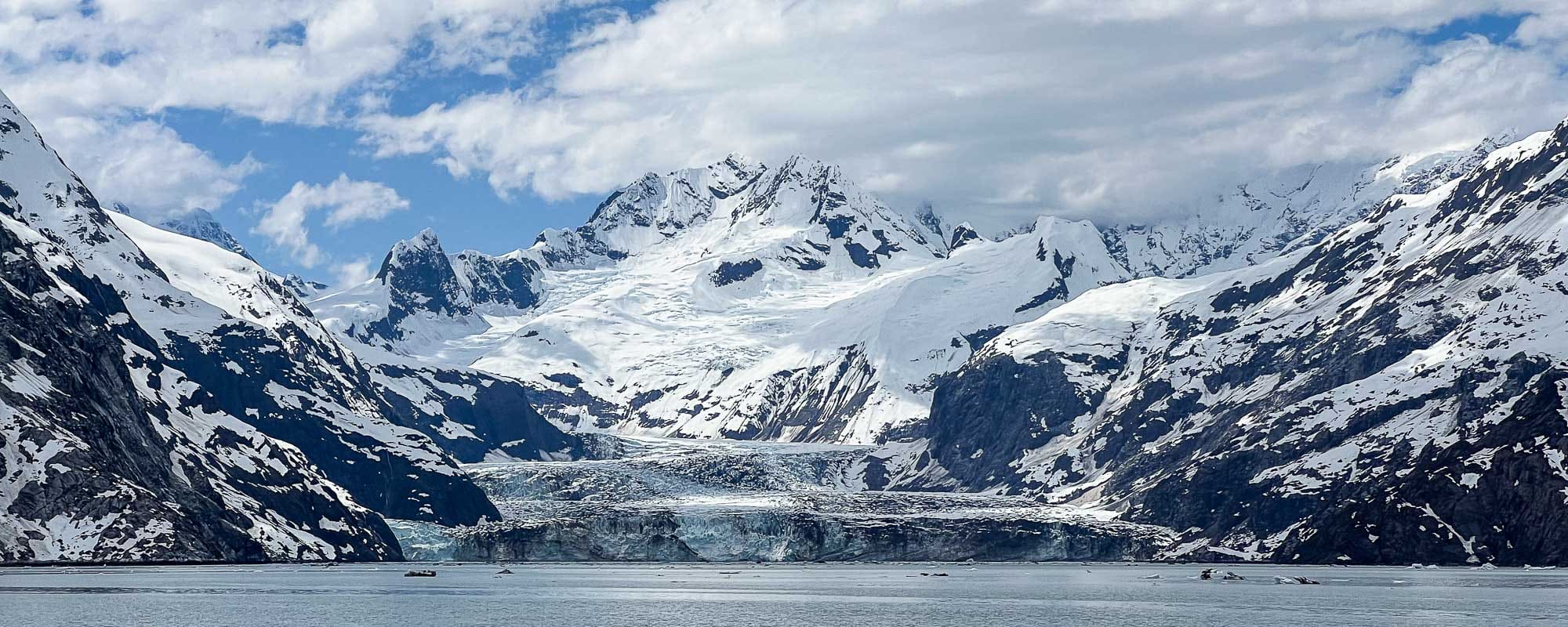
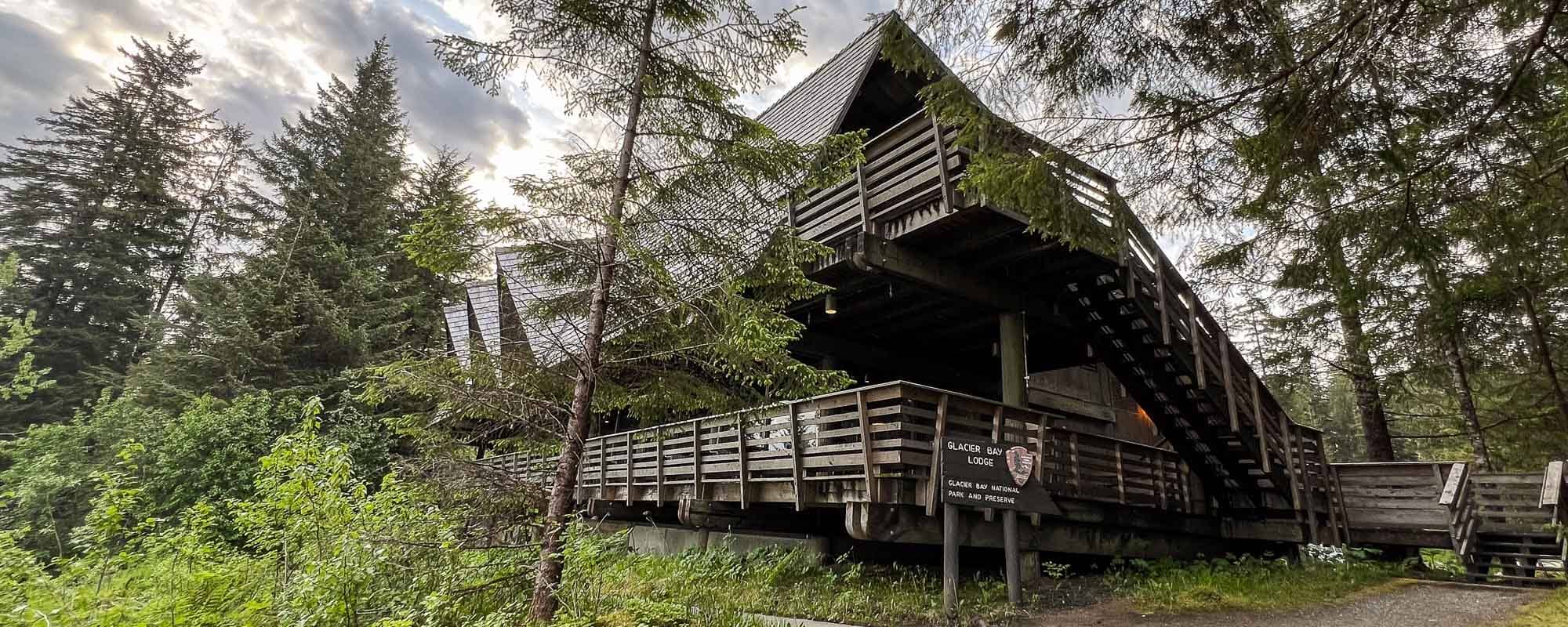
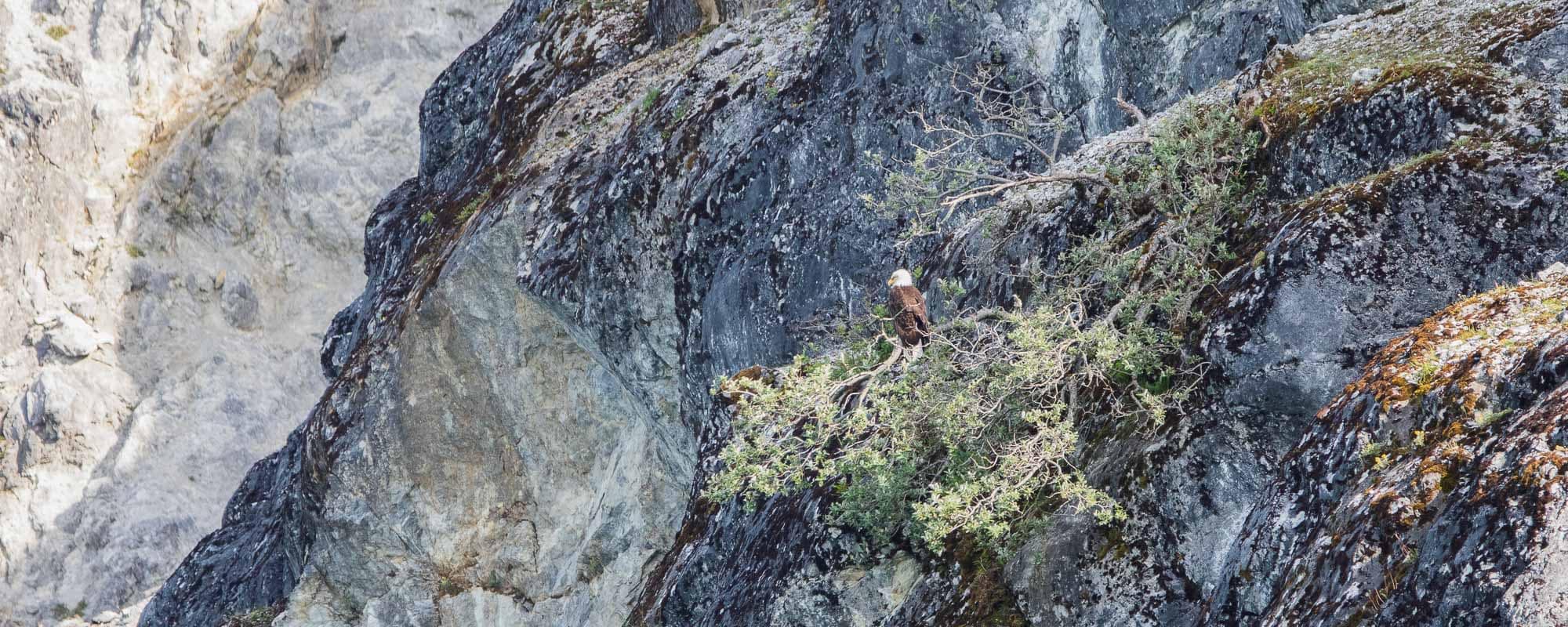
Useful Info
Location: Southeast Alaska
Nearest Town/Airport: Gustavus
Area (Glacier Bay National Park and Preserve): 5,220 square miles (3,284,500 acres)
Annual Visitors (2023): 703,659
Features: Glacier Bay, towering snow-capped mountains like the Fairweather Range, iconic tidewater glaciers, islands and islets, sprawling intertidal zones, temperate rain forests, Native Alaskan culture, and abundant wildlife
Top Attractions: Tidewater glaciers such as the Margerie Glacier and Johns Hopkins Glacier; the Glacier Bay Lodge, Tlingit Trail, and Huna Tribal House in Bartlett Cove; marine animals like puffins, sea otters, sea lions, humpback whales, and orcas; and land mammals like brown bears, moose, and mountain goats
Popular Activities: Glacier Bay boat tours, sea kayaking, wildlife viewing, fishing, photography, hiking, ranger tours
Suggested Stay: 1-2 days
Campgrounds and Lodging:
More Information: National Park Service
Other South Alaska National Parks:
- Denali National Park
- Katmai National Park
- Kenai Fjords National Park
- Lake Clark National Park
- Wrangell-St. Elias National Park
